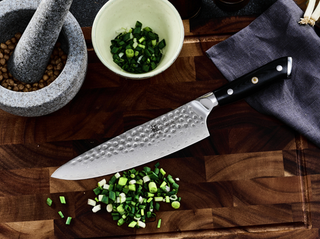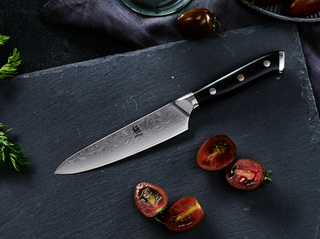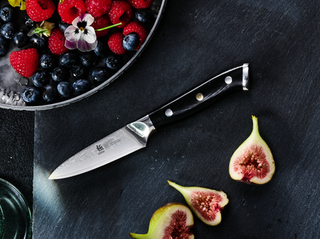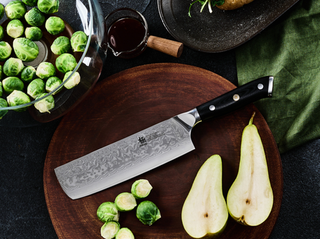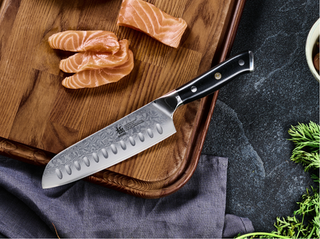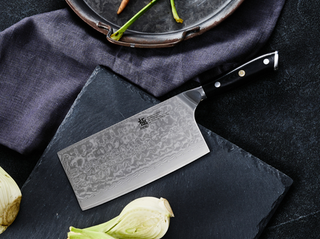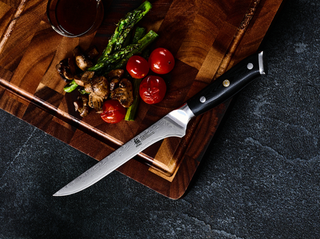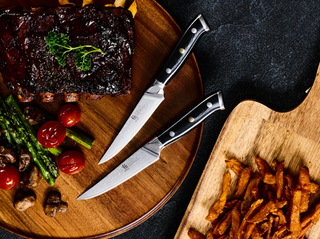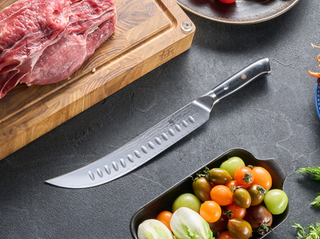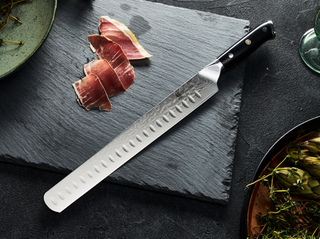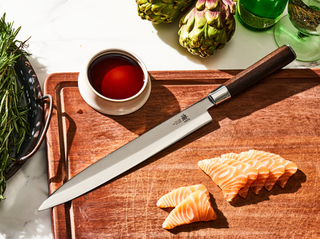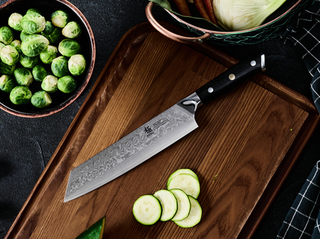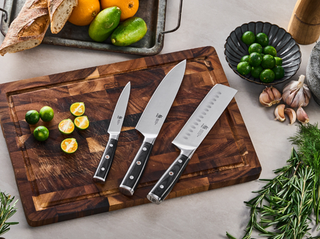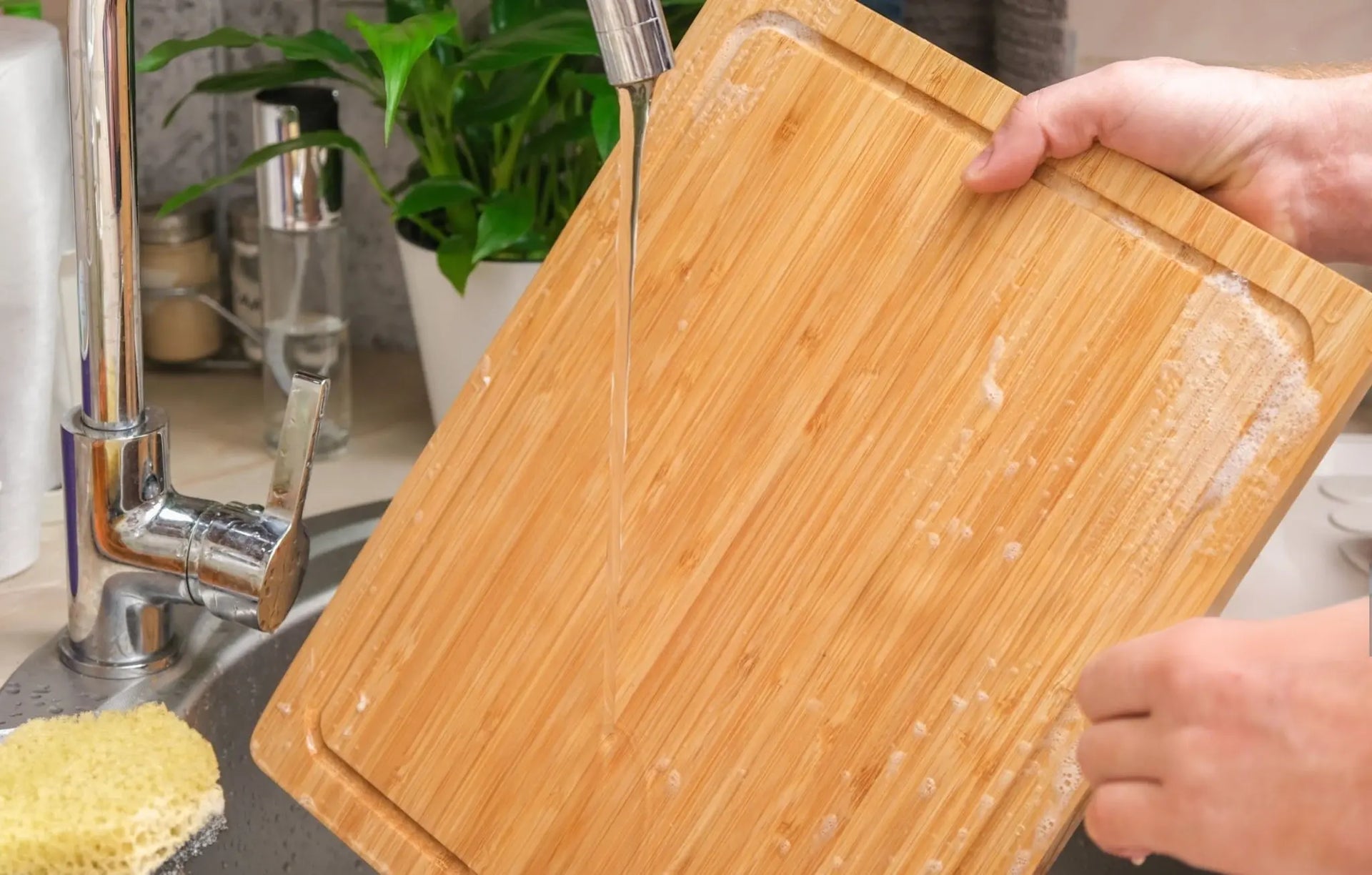A clean, well-maintained wooden cutting board is more than just a kitchen aesthetic - it's an essential tool that can last for decades with proper care. While many people believe plastic cutting boards are more hygienic, science tells a different story. This guide will walk you through everything you need to know about keeping your wooden cutting board clean, sanitized, and in peak condition for years to come.
The Science of Wood Safety vs. Plastic
Despite popular belief, wooden cutting boards can actually be safer than plastic ones. Research conducted at UC Davis by Dr. Dean Cliver (UC Davis Food Safety Laboratory) found that bacteria applied to wooden cutting boards become difficult to recover after just a few minutes, with the wood naturally absorbing the bacteria where they eventually die. Meanwhile, bacteria on plastic boards remain viable for much longer periods.
The science is clear: when bacteria enter wood's porous surface, they get trapped deep in the fibers and can't multiply or return to the surface. In a University of Wisconsin study (Journal of Food Protection), researchers demonstrated that wood can kill bacteria in as little as three minutes, while bacteria on plastic boards can survive for days, especially in the knife grooves that inevitably develop with use.
Wood-Specific Care Guide
Different types of wood have different properties that affect how you should care for your cutting board:
Teak - The Low-Maintenance Champion

Teak stands out as one of the most practical woods for cutting boards due to its natural oils that make it inherently more water-resistant than other woods. With a Janka hardness rating of approximately 1,155 lbf, teak offers an excellent balance of durability while still being kind to your knife edges.
What makes teak truly exceptional is its maintenance requirements. Unlike maple or walnut boards that need monthly oiling, teak boards typically only require conditioning every 2-3 months. This makes them particularly suitable for humid environments where other woods might warp.
Teak also has natural antimicrobial properties that resist fungi, mold, and bacteria better than many other woods. Its rich, golden-brown color develops a beautiful patina over time, and its consistent grain pattern minimizes the appearance of knife marks.
Other Common Woods
- Maple: With a Janka hardness rating of around 1,450 lbf, maple is extremely durable but requires more frequent oiling (monthly) to maintain its integrity.
- Walnut: Featuring a beautiful dark color that hides stains well, walnut has a lower hardness (1,010 lbf) but is gentler on knife edges. It needs consistent maintenance to prevent cracking.
- Acacia: A budget-friendly option with decent durability and a striking grain pattern. It requires less maintenance than maple but more than teak.
Construction Types Matter
End-grain cutting boards (where wood fibers point upward, resembling the end of a log) are superior to edge-grain boards (where the sides of boards are glued together). When you cut on end-grain, your knife slides between the wood fibers rather than cutting across them, resulting in:
- Less damage to knife edges
- "Self-healing" properties as the fibers close back up
- Greater resistance to warping and splitting
- Longer lifespan (though higher initial cost)
Chef-Approved Cleaning Methods

Professional chefs rely on simple but effective techniques to maintain their wooden cutting boards:
The Salt Treatment
James Beard Award-winning chef Charlie Palmer uses this method in all his restaurants: After a basic wash with soapy water, coat the board with kosher salt and let it sit for an hour. The salt draws out moisture and absorbs odors (particularly effective after cutting onions or garlic). Use a bench scraper to remove the salt afterward.
Daily Cleaning
For everyday cleaning, pros recommend:
- Scrape off food particles with a bench scraper (a tool ubiquitous in professional kitchens)
- Wash with hot water and mild, unscented dish soap
- Rinse thoroughly and dry immediately with a clean towel
- Stand the board upright to air dry completely
What Chefs DON'T Do
Professional chefs avoid:
- Soaking wooden boards in water
- Using harsh detergents that strip natural oils
- Placing wooden boards in the dishwasher
- Leaving boards wet for extended periods
Natural Sanitizing Methods
Beyond basic cleaning, these effective natural methods keep your board sanitized:
Vinegar Spray
A solution of white vinegar and water (1:3 ratio) in a spray bottle makes a quick and effective sanitizer. Simply spray, let sit for a few minutes, and wipe clean.
Hydrogen Peroxide
Food-grade 3% hydrogen peroxide can be sprayed directly onto the board for sanitizing. It's particularly effective after handling raw meat, poultry, or seafood.
Essential Oil Boost
Adding antibacterial essential oils like tea tree (5-10 drops) to your vinegar spray enhances its sanitizing power while leaving a pleasant scent.
Lemon and Salt Scrub
For stubborn stains and odors:
- Sprinkle kosher salt liberally over the board
- Cut a lemon in half and use the cut side to scrub the salt into the board
- Let the mixture sit for 5-10 minutes
- Scrape off with a bench scraper
- Rinse and dry
Practical Maintenance Schedule
For New Boards

- Oil every few days for the first week
- Once a week for the first month
- Then establish a regular schedule based on wood type
Regular Maintenance
- Daily: Basic cleaning after each use
- Weekly: Deep clean with salt/lemon treatment
- Monthly: Oil maple, walnut, or cherry boards (every 2-3 months for teak)
The "Water Drop Test"
Sprinkle a few drops of water on your board. If the water beads up, your board is well-oiled. If it soaks in quickly, it's time to condition your board.
Addressing Common Questions
Can I put raw meat on a wooden cutting board?
Yes, but with proper technique. Scientific studies show that hardwoods like maple and walnut actually pull bacteria into the wood's interior where they cannot multiply and eventually die. However, it's still best practice to:
- Clean immediately after use
- Have separate boards for meat and produce
- Sanitize after handling raw meat
What oil should I use on my board?
Food-grade mineral oil is the gold standard. NEVER use cooking oils (olive, vegetable, etc.) as they will go rancid. Some specialty products combine mineral oil with beeswax for additional protection.
How do I remove deep stains?
For stubborn stains:
- Make a paste of baking soda and water
- Spread over the stained area
- Let sit overnight
- Scrub gently with a Scotch-Brite sponge
- Rinse and dry thoroughly
The Microplastics Concern
A practical consideration often overlooked in the wood vs. plastic debate is the issue of microplastics. As you cut on plastic boards, tiny plastic particles can flake off and potentially transfer to your food. Recent studies suggest we may inadvertently consume small amounts of microplastics this way (Environmental Science & Technology) - a concern completely eliminated with wooden boards.
Conclusion
A quality wooden cutting board is an investment that, with proper care, can serve your kitchen for decades. Teak offers the best balance of durability and low maintenance, making it ideal for most home cooks. By following the science-backed cleaning and maintenance techniques used by professional chefs, you'll ensure your board remains both beautiful and hygienic for years to come.
Remember: the best cutting board is one that's properly maintained, regardless of the wood type you choose. With these simple practices, you'll extend the life of your board while creating a safer food preparation environment in your kitchen.
Further Reading:
How to Choose A Non-toxic Cutting Board
What’s the Difference of Edge Grain & End Grain Cutting Boards
